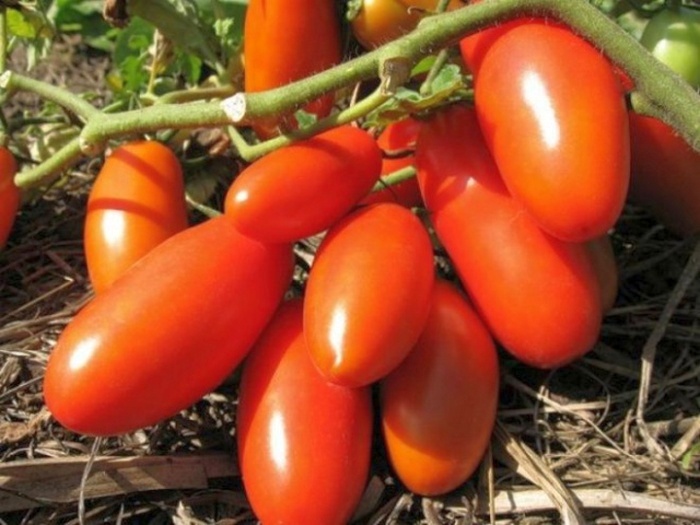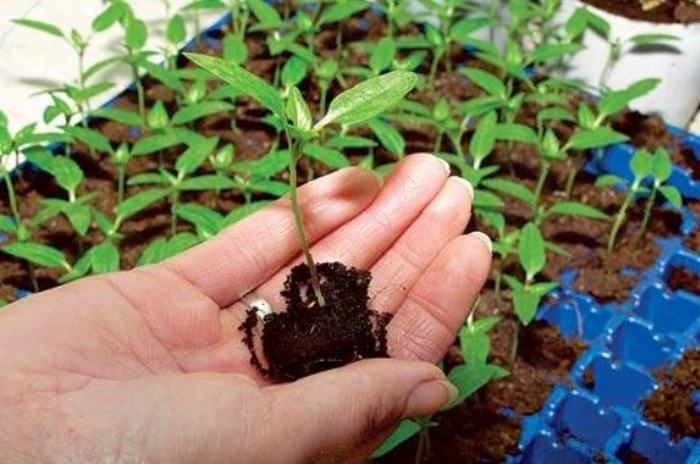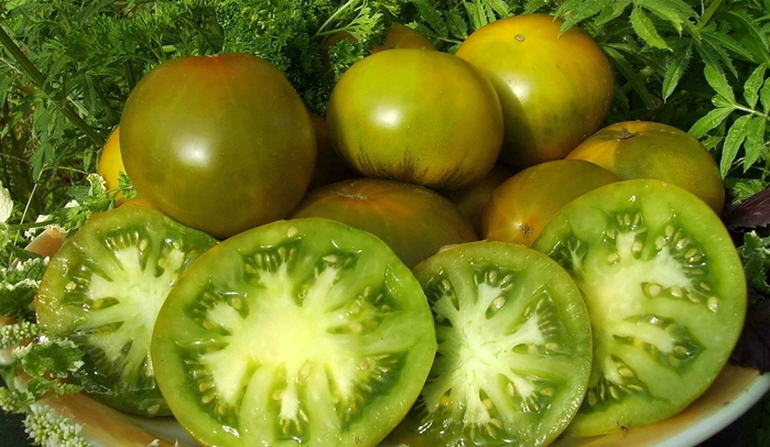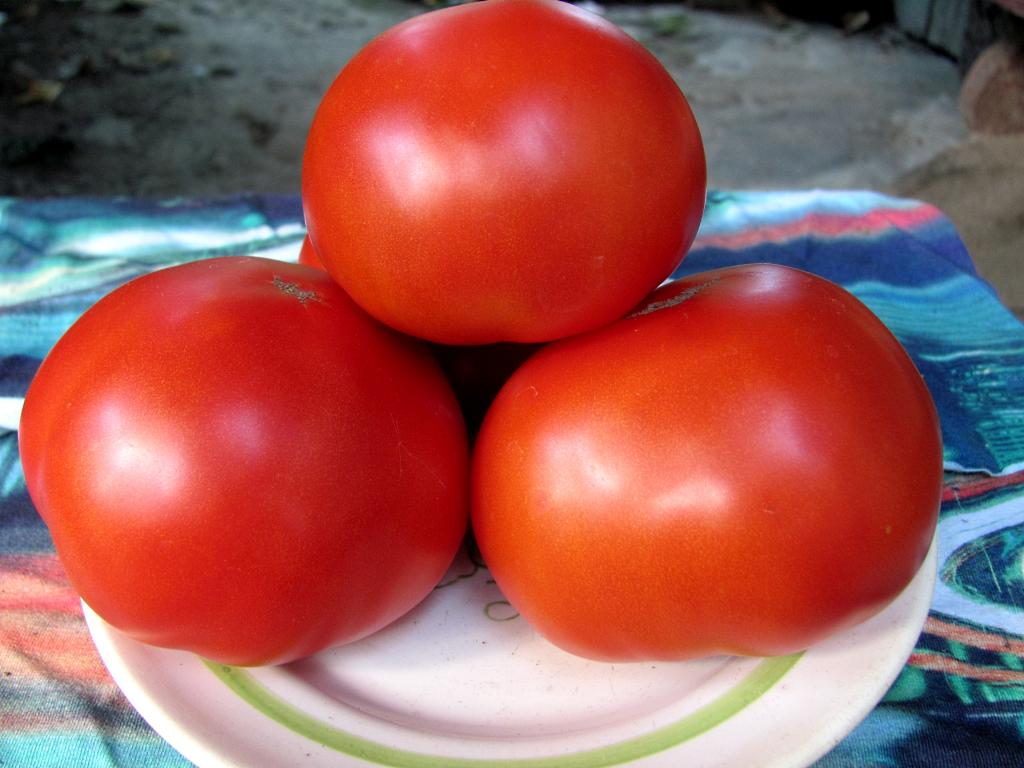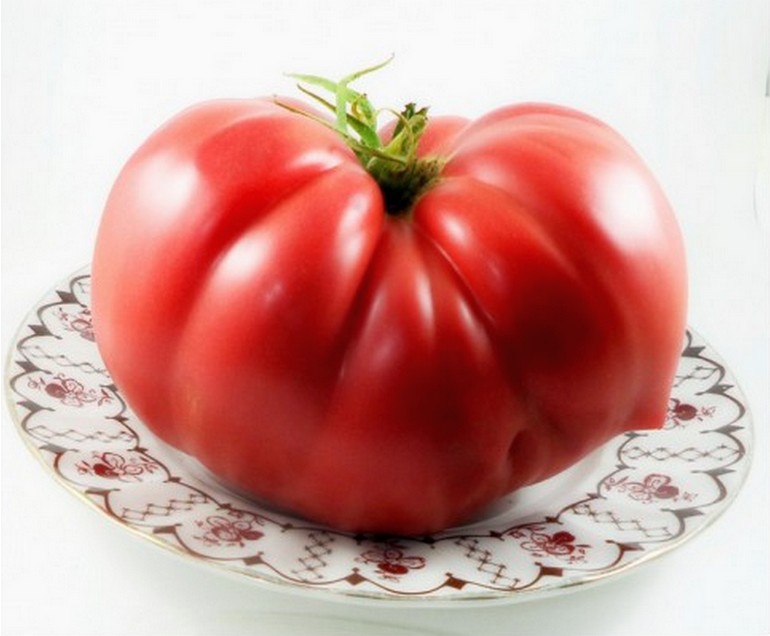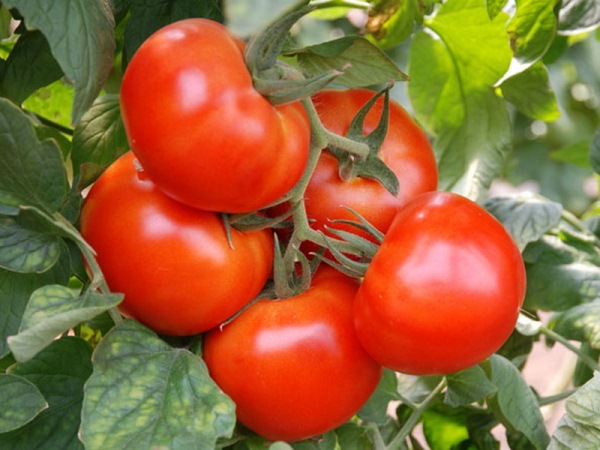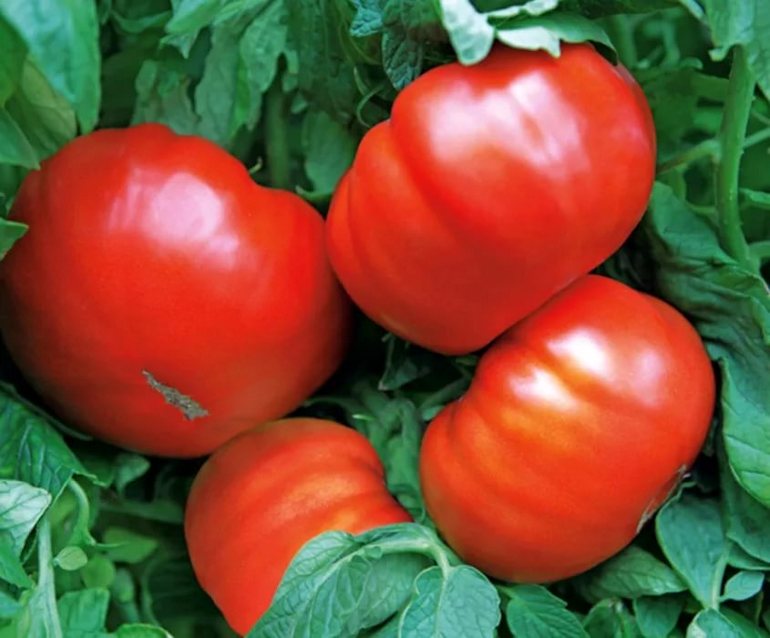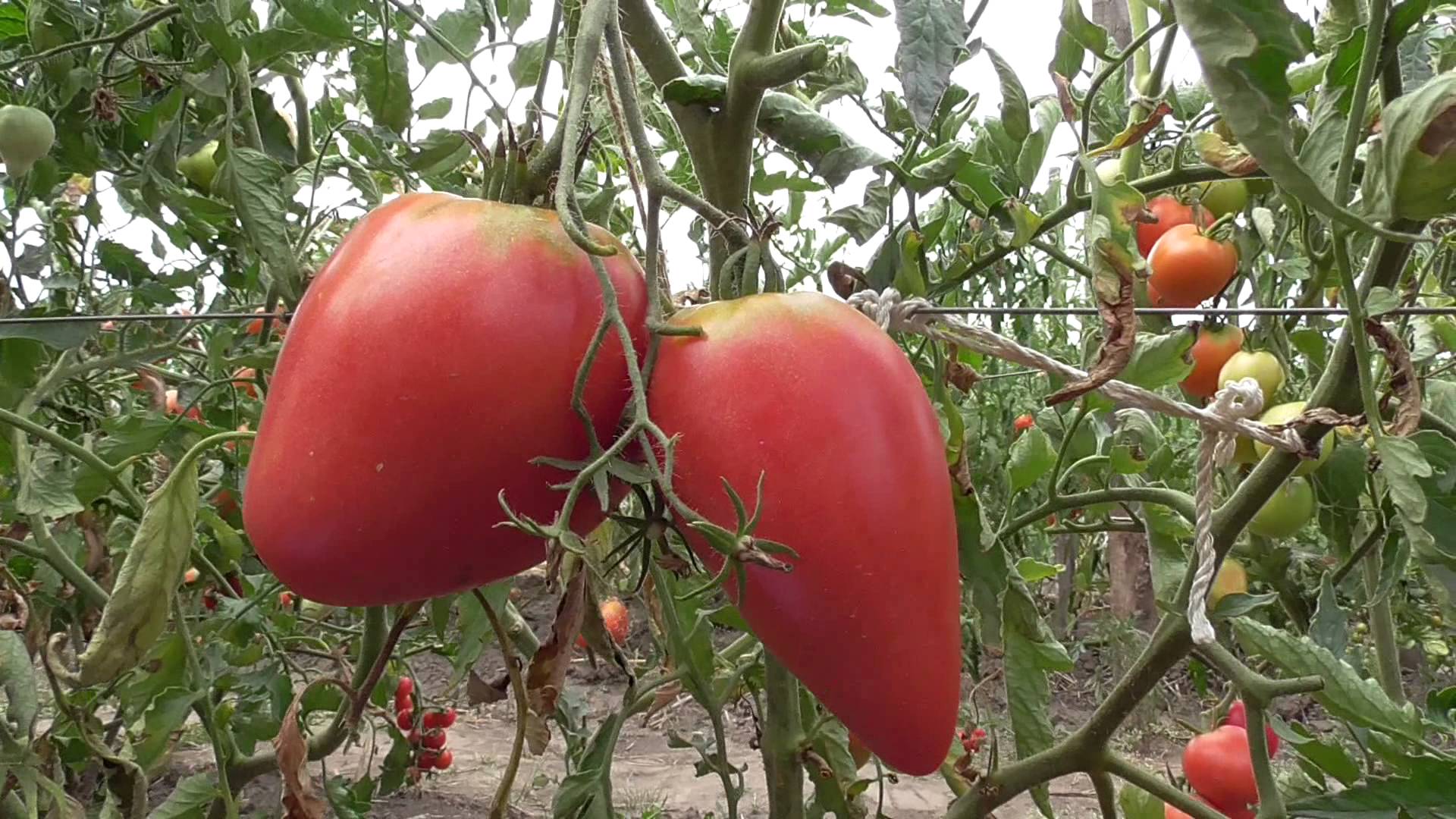Content:
The tremendous work carried out by Siberian breeders made it possible to bring out an excellent variety of tomatoes, unpretentious to weather conditions, which allows them to grow in open ground. The Siberian Troika tomato is a variety included in the register of the Russian Federation, which has gained popularity among gardeners and summer residents. The variety, although declared as an open field culture, vegetable growers grow tomatoes in film greenhouses.
Description
Cultivating vegetables in difficult weather conditions in Siberia, many gardeners choose the Siberian troika tomatoes, the characteristics and description of the variety of which have collected the best recognized qualities. These include the short stature and compactness of the bush, the large size of the fruits and medium early ripening (110 days). The bushes are standard, not tall, with a strong stem, which does not require a garter. In open ground, they are up to 60 cm high. In a greenhouse, with proper care, a bush can be up to a meter high. In this case, the garter is recommended for trellises.
Tomatoes have the ability to react normally:
- to change weather conditions,
- to the heat of a hot summer,
- on cold northern nights
- dew and rain.
The fruits have the appearance of a regular pepper-like shape with a spout, deep red, large. The first tomatoes ripened on the bush reach a length of 15 cm and weigh up to 400 grams. This tomato variety is prized for its taste. The pulp is fleshy, sweet if the summer was hot. The harvest of tomatoes pleases gardeners. Up to 3 kilograms of tomatoes are removed from the bush per season. When landing at 1 sq. per square meter of 4-5 bushes, the yield will be up to 15 kilograms.
Tomatoes of this variety are not resistant to all diseases of the Solanaceae. When the soil dries out and calcium is deficient, there is a likelihood of damage to the fruit apical rot.
Secrets of agricultural technology
Tomato seeds Siberian troika are sown at the end of March. To a permanent place: beds or a greenhouse, you can move it in late May or early June.
Sowing
Sowing seeds is not difficult. Small boxes are used to obtain seedlings. Seeds are embedded in the soil to a depth of 2 cm in rows every 3 cm. The boxes are covered with foil to create the necessary microclimate for seed germination. Seedlings appear within a week. At this time, the film is removed.
Picking
Plants dive after the appearance of two real leaves on them. At the dive stage, you can see which are strong specimens and which ones are worth sorting. You should not rush with a transplant a week after the appearance of real leaves. The stem of the plant is not yet strong, and the roots are tender and weak. But it is not worth delaying the transplantation of seedlings for more than three weeks. In tomatoes, a root system develops, and in plants closely spaced in the box, the roots begin to intertwine. A pick at such times is painful for seedlings.
There are opinions of some experienced gardeners that picking should be done according to the lunar calendar, choosing the most suitable day for transplanting. The first two to three days after the dive, you need to shade the seedlings, and then put them back in a bright place.
Before planting in the soil, the plants are fed 2-3 times with organic fertilizers.Watering is required in moderation, the soil should dry out before the next watering, but not dry out. Loosening of the soil is mandatory. Before the start of "hardening" the plants are fed with urea and superphosphate. After a week, you need to take out the seedlings to the air.
Soil type
The soil where the seedlings will be planted is warming up. Tomatoes do not like acidic soils, so preference is given to the land where compost, ash and lime were introduced in the fall. Suitable for planting is the land where cabbage, pumpkin and legumes grew in the previous season.
Planting seedlings in the ground
It is customary to plant seedlings in open ground according to the 70 x 45 scheme. When selecting tomatoes, the pinching scheme was not developed. Every gardener relies on their own experience in growing tomatoes. According to technology, undersized tomato bushes are not stepchild, or, if stepchild, then until the first brush. The nature of their care is simple: weeding, loosening, watering and mulching. Tomatoes of this variety are poured relatively slowly, so a lot of moisture is not needed. A feature of tomatoes is the lack of numerous dressings.
Advantages and disadvantages
The advantages of this variety are:
- cultivation outside the greenhouse in difficult weather conditions,
- resistance to hot weather conditions and temperature drops,
- simplicity in agricultural technology,
- sweet pleasant taste,
- use in canning.
The disadvantages of the variety include the possibility of infestation of fruits with apical rot. However, despite this, the variety is in demand by gardeners and summer residents. Tomato Troika is tasty both fresh and canned.
Reviews of experienced summer residents
There are many positive reviews on this variety of tomatoes, both from gardeners and professional breeders. Those who regularly grow these tomatoes tend to think that the variety is not high yielding, but rather shows average yields. As for pinching, most believe that it is necessary to remove the lower leaves before the first brush, explaining this by the fact that these leaves do not give the plant food, but take away the substances necessary for the fruit.
There are positive reviews about seed germination. Attention is focused on the fact that the seedlings are not stretched. A variety that is not hybrid is still resistant to many nightshade diseases. Everyone, without exception, likes the taste of tomatoes, but if the summer is rainy, the taste becomes watery.
